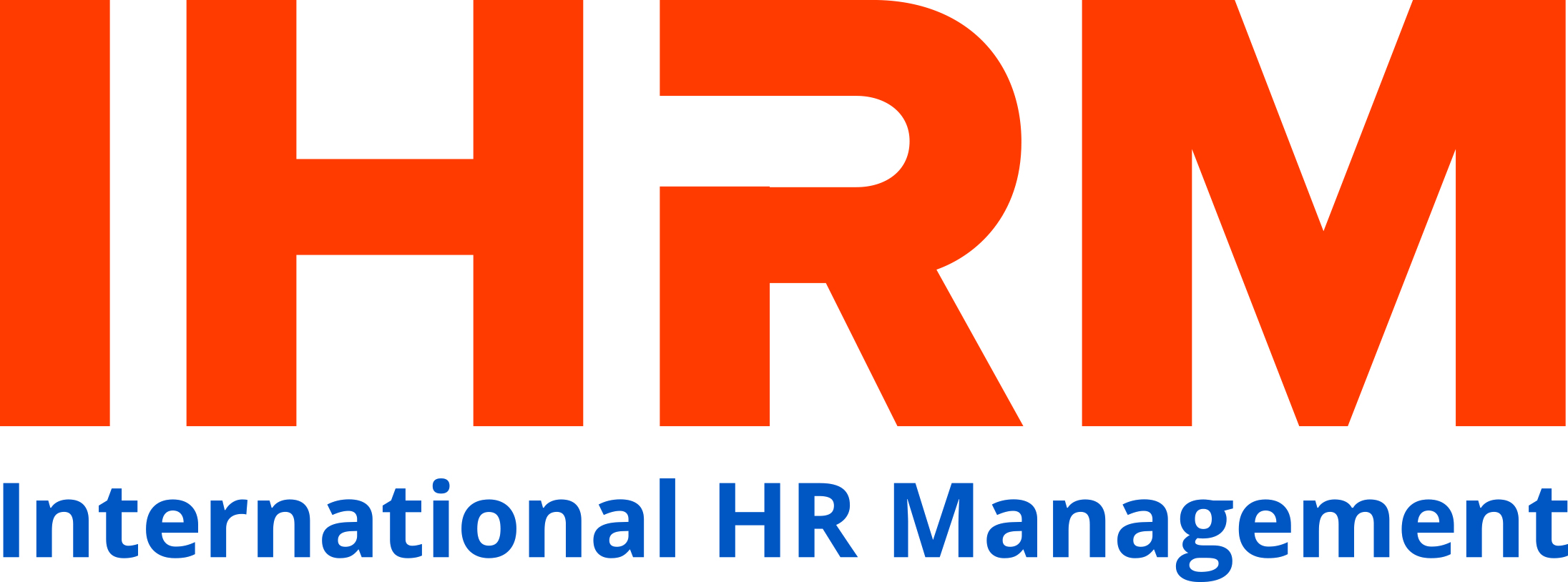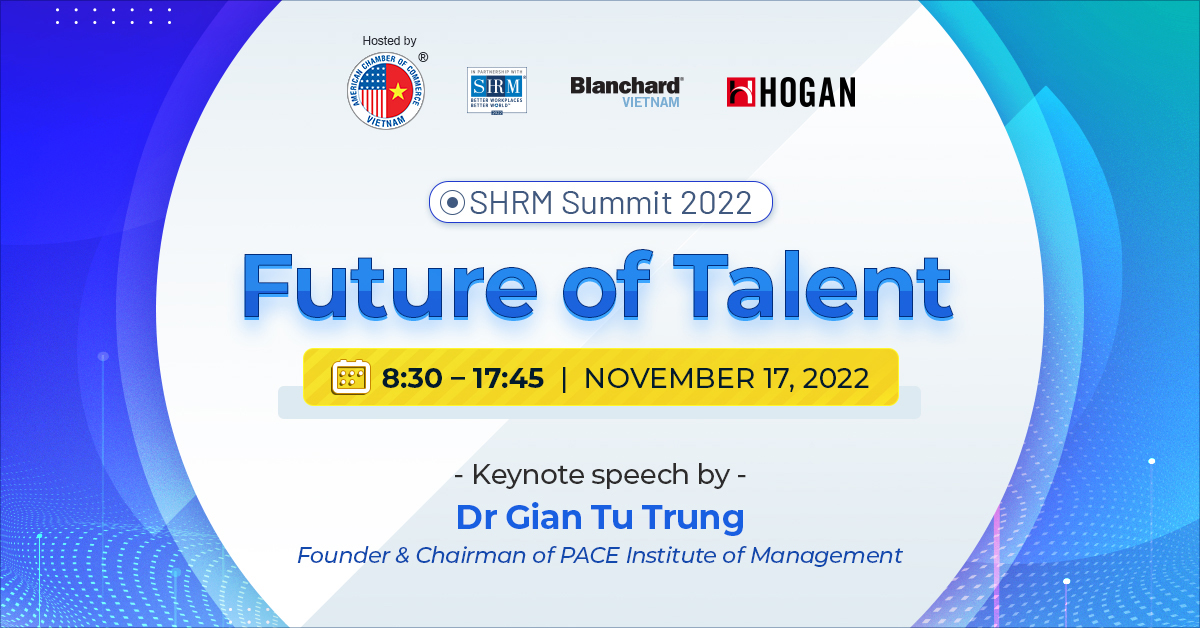HOW COMPANIES CAN CREATE EFFECTIVE LEARNING CULTURE?
IBM’s recent study found that 60 percent of global C-suite executives say they are struggling to keep their workforce current and relevant. As digital disruption spreads to every sector of economy, businesses are required to adapt with the change and acquire new skills at an unprecedented rate. It can be implied that business environment will quickly evolve following rapid development of technology trends. As consequence, many organisation might feel the pressure to learn faster in order to lessen the risk of losing business altogether. Therefore, developing learning culture is no longer a fanciful idea but vital aspect in businesses to stay competitive.
Creating effective learning culture, according to Training Journal, is important for modern workplace as it can keep talented and ambitious team on side, promote mindset of high performance, and align learning with business objectives. BIV added that creating strong organisational learning culture can improve productivity, efficiency, profit, and ability for individuals to embrace and adapt change. Implementing learning culture will also decrease employee turnover and develop leaders at all levels which helps with succession planning. Additionally, Management Theory found that learning can increase 10 percent educational level of staffs which resulted in 8.6 percent increased productivity.

How do employees what to learn?
Many organisations around the world are experiencing talent shortages and talents gaps. Owing to this, HR professional and business leader’s next agenda should be to create strong learning culture in order to retain best talents in the company. According to a recent study conducted by Bridge, Almost all (98 percent) employees think that learning is essential when deciding to stay with employers. When asked about their preferences of work-related learning, 60 percent respondents said they would love to learn in their work time at their own direction. 24 percent are willing to learn in their non-related working time, while 16 percent others prefer to learn at times arranged by company.
How to create best and effective learning cultures
As majority employees would like to learn during their work time, it is crucial for learning and development (L&D) team to create effective learning culture, which is aimed to make employees enjoy their learning while still give 100 percent of their focus towards their working goals. As mentioned in Bridge’s study, here are tricks and tips for organisations to create adequately measured learning.
>> Learning at the speed of business
A situation for employers at a time when digital transformation is changing business and markets at an exponential rate, and the demand for new skills within organization has never been higher. Therefore, new thinking is required that puts an emphasis on speed and empowerments, both for employees and their line managers. Learning that is equally same speed of company’s growth is what “learning at the speed of business” means.
>> Technology is the key enabler for learning and development
HR and L&D professionals have key role in developing a learning culture that is reflective of the employee value proposition and makes sure their companies are positioned with the skills they need for digital transformation. Underpins progression and changes in work environment and ensures that people are aware of change and knowledge to be the best is crucial. To do this, HR and L&D team should enable technology and digital learning as part of learning cultures.
>> Digital learning is more cost-effective than traditional methods
There are two key considerations that HR and L&D professionals should be taking into account in digital learning. Firstly, making sure that any technology solution is fit for purpose in terms of learning expectations of employees. Secondly, paying very close attention to user adoption as key indicator of effectiveness.
>> Provide learning at employees’ own direction
Bridge’s survey revealed that 5 out of 6 employees don’t want classroom learning. 60 percent respondents said they want to learn at their own direction and 46 percent want to learn at times to suit their lifestyles. Thus, blended approach to digital learning with any time, and device access would seem to be the most sensible way forward.

>> Good user-experience is key for learning management system (LMS)
The quality of user-experience is critical when choosing LMS. Yet, only 21 percent HR and L&D professional would consider changing their existing LMS to improve adoption. It indicates that there is still disconnection between user-experience and LMS adoption. So, if you want to improve your learning cultures, you should adopt better LMS for better learning experience.
>> Value increases user adoption and keeps employees engaged
Value gained by employee and employers should be main driver of learning. Employees believe they need more learning to help them perform their job better. This boost to performance will help with their reward, satisfaction, and engagement. Consequently, employees are more likely to stay and managers can better place them to achieve successful result.
|
Training Program
 Internationalize the human resource management capabilities of HR professionals in Vietnam Opening Date: September 26, 2019 in Hanoi
Opening Date: September 19, 2019 in HCMC
|










